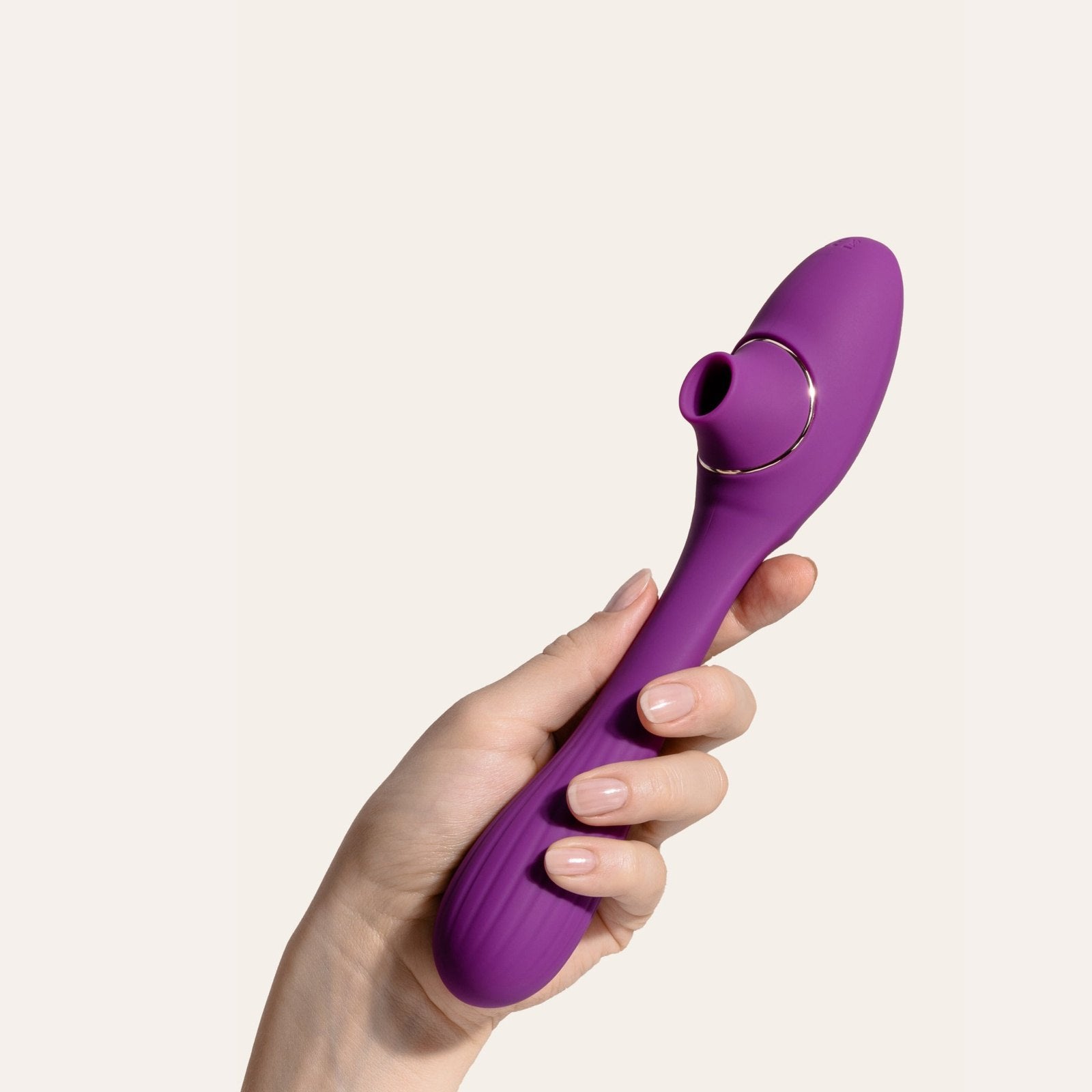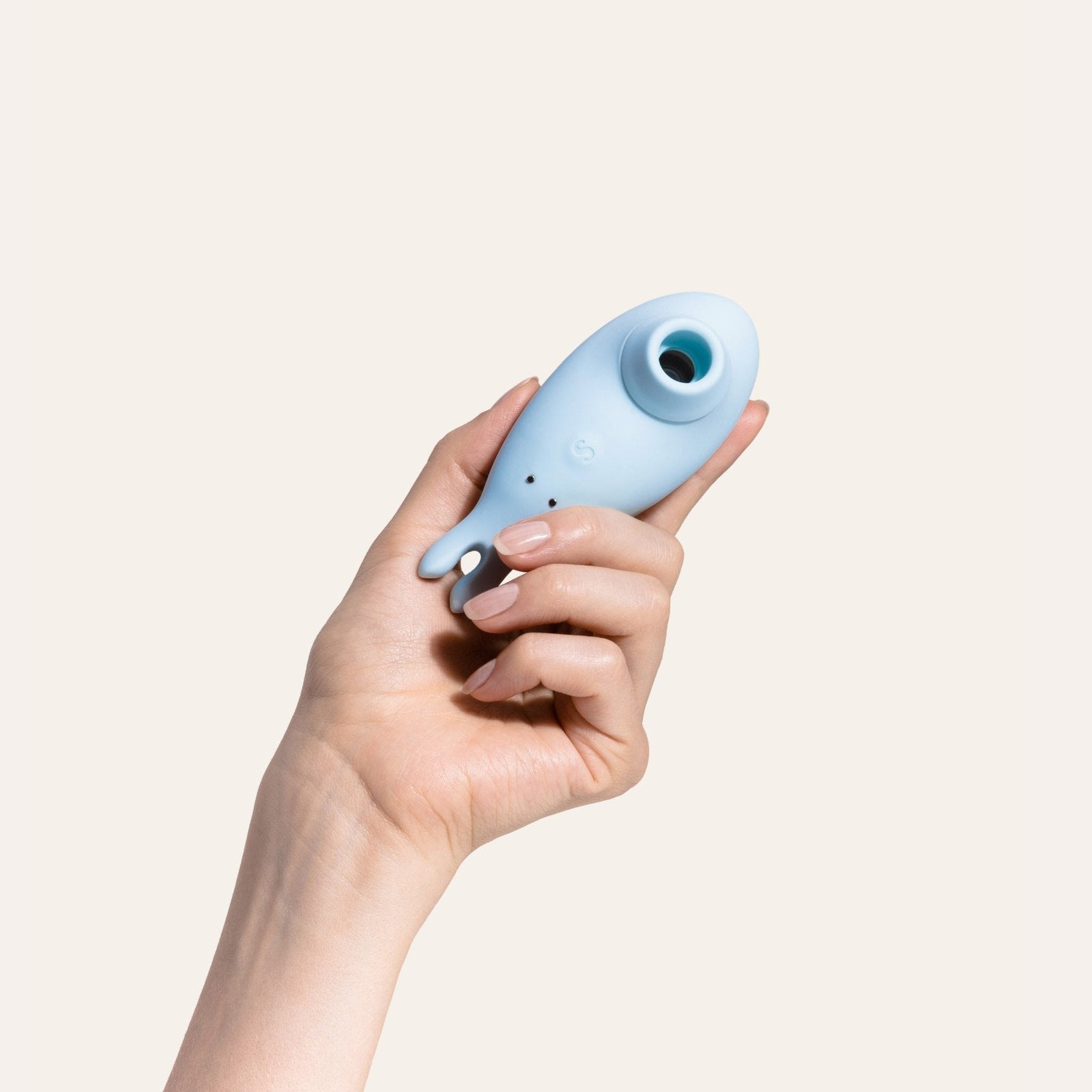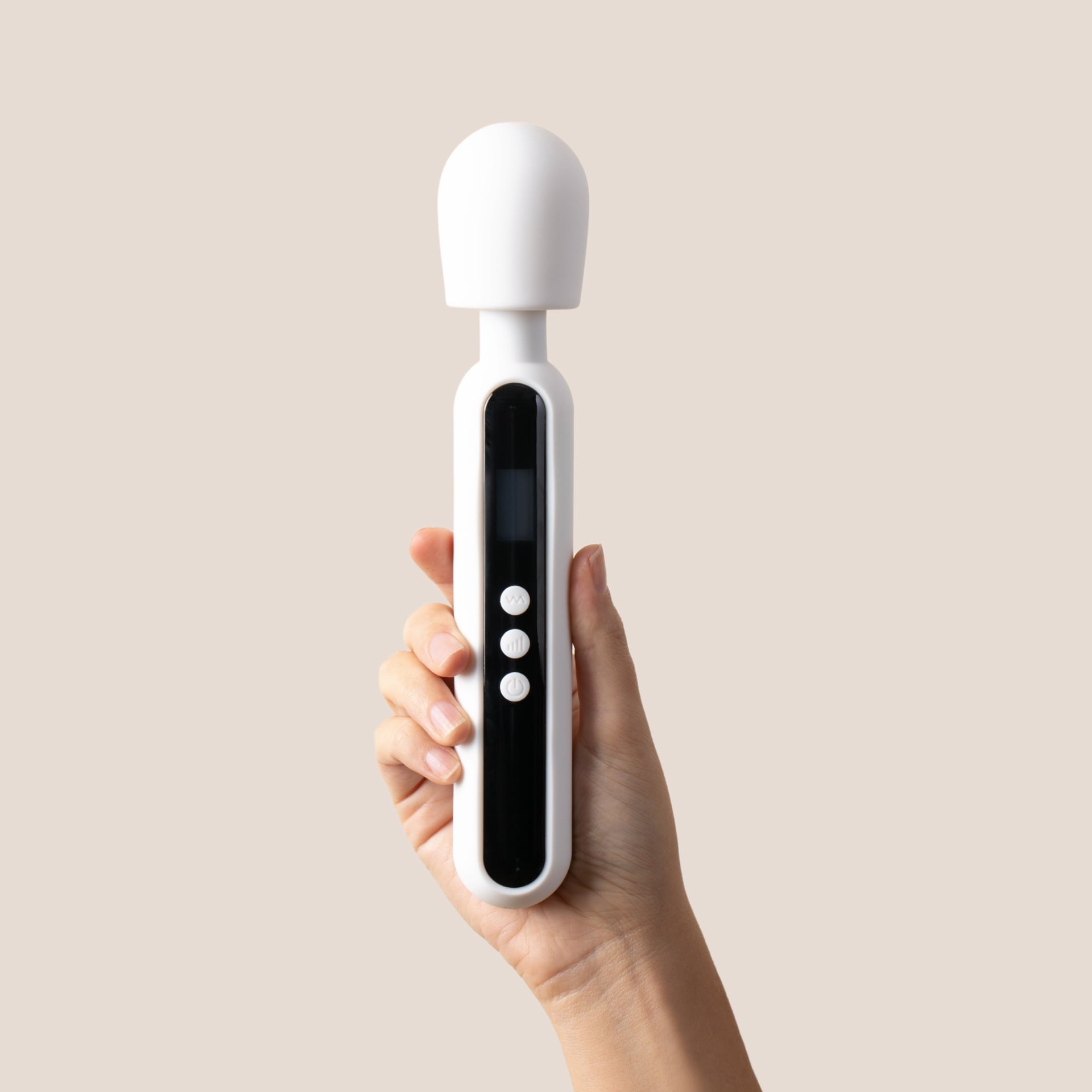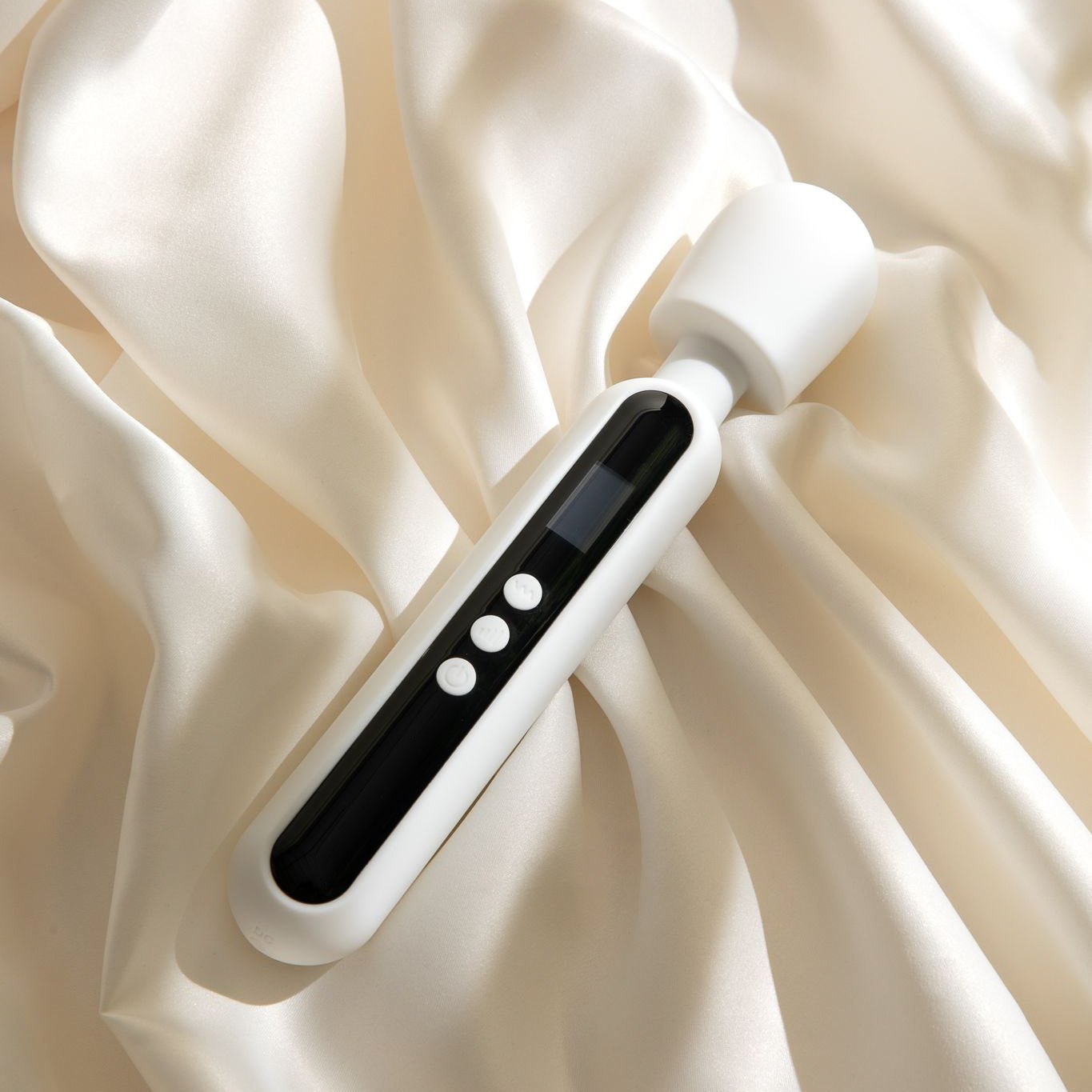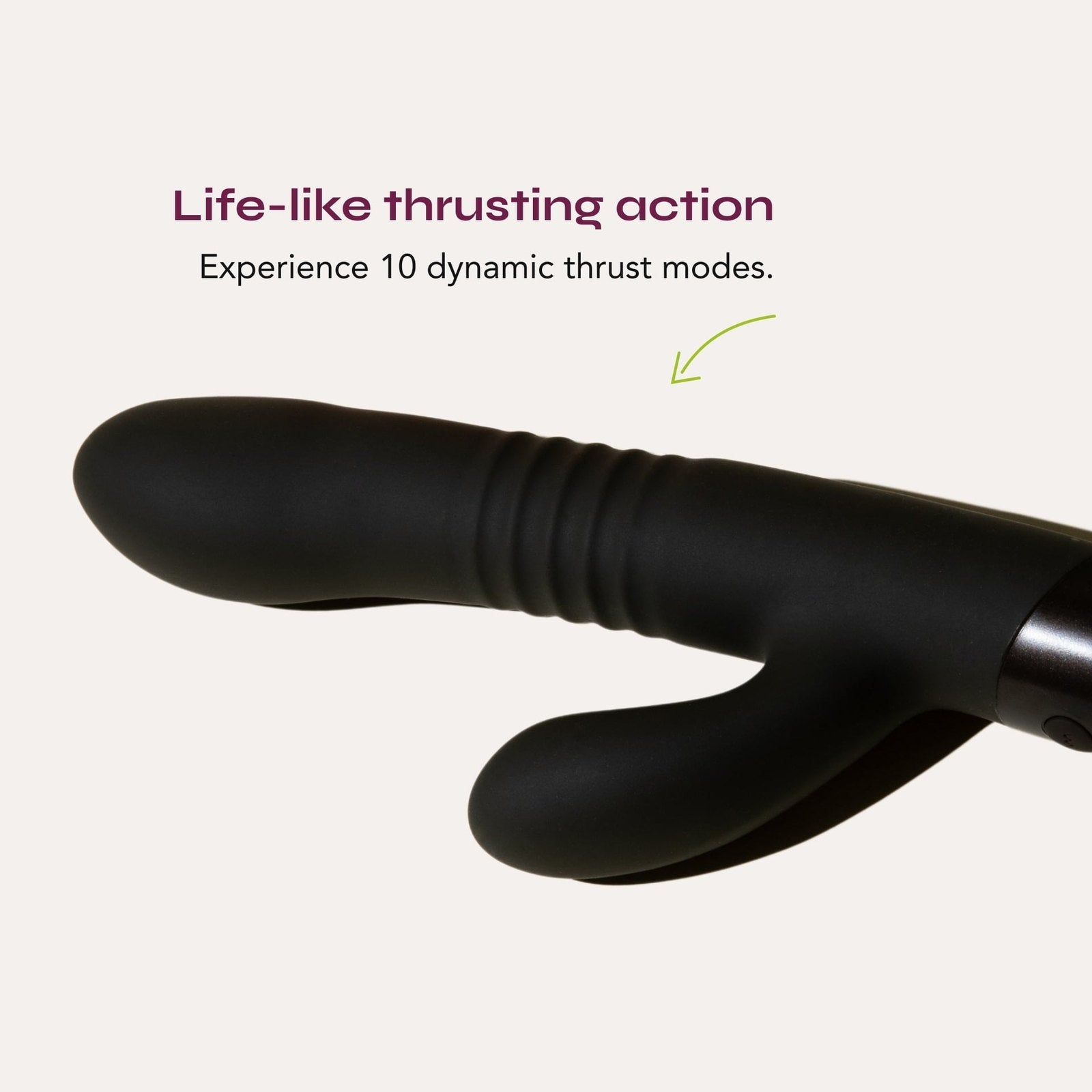Ever found yourself mentally turned on but not physically responding the way you'd expect? It's like your brain and body are reading two different scripts during a love scene, right?
Don't sweat it—you're neither broken nor alone. According to sex researcher Emily Nagoski, 90% of women and 50% of men have experienced this.
What you're likely experiencing is arousal non-concordance, a term that might sound complex but is really all about understanding how your mind and body sync—or don't—when it comes to sexual arousal.
Today, we're unpacking the nuances behind arousal non-concordance, delving into various arousal styles (you’ve probably never heard of), and offering practical insights to enrich your intimate experiences.
Sometimes our sexual expectations can really confuse us when things don’t pan out as you might expect. If you’re feeling mentally turned on but not physically, keep reading.
Let’s Get Clear About Arousal, Pleasure, & Desire
Before we can really understand arousal non-concordance we’ve got to get some essential terminology straight.
Arousal (Physical Response)
Think of arousal as your body's way of saying, "Okay, I'm prepared for this." It's the physiological changes that occur, like increased heart rate, natural lubrication, increased genital blood flow, or erection. But your body can be aroused without your mind necessarily being in the game.
Pleasure (Actual Subjective Enjoyment)
Pleasure is the feeling of, well, pleasure! It's the joy, the bliss, the "this feels so good" moment. It's your mind saying “YES!” to an experience. Pleasure is subjective and may or may not coincide with arousal. You could be physically aroused but not find a situation pleasurable, and vice versa.
Desire (The Act of Wanting)
Desire is the mental or emotional craving for something. It’s the “I want you now” feeling, but it doesn't always mean your body will follow suit. Desire is complex and can be influenced by a myriad of factors like stress, relationship dynamics, or even your last meal.
Each of these terms plays a unique role in the complex tapestry of sexual interaction. Understanding their distinctions helps us approach intimacy with a more nuanced perspective.
What Is Arousal Non-Concordance?
Arousal non-concordance may sound like an intimidating term, but it's actually something most people will encounter at some point.
It happens when your physical body and your mental state aren't aligned during sexual experiences. For example, you might feel highly aroused mentally but find that your body isn't following suit—no lubrication, no erection, no stirring in your pants.
You might be left feeling confused if you really desire sex, initiate, and then your genitals aren’t following suit – no erection, no “getting wet” or no sensitivity to stimulation.
Conversely, your body might physically react to sexual stimuli even if you're not mentally into it.
Mind and Body: A Complex Relationship
In a nutshell, arousal non-concordance occurs when your mind and body don't sync up during sexual situations. While there's no formal way to measure this discord, studies have monitored physical signs of arousal and compared them to individuals' self-reported levels of desire to understand this phenomenon better.
Women Are More Likely to Experience It
Interestingly, some people are more prone to experiencing arousal non-concordance than others. Women, for instance, might encounter it more frequently.
In her groundbreaking book Come As You Are, Emily Nagoski discusses the concept of arousal non-concordance. She notes that for women, there's only about a 10% overlap between physical responses and subjective feelings of arousal.
In other words, just because a woman is physically lubricated doesn't necessarily mean she's mentally aroused. For men, however, the overlap is significantly higher, at 50%, indicating a closer alignment between physical and mental states of arousal.
What Causes It? Why You Might Be Mentally Turned On But Not Physically
So, you're caught in a paradox where your mind is raring to go, but your body just isn't on the same page. If you're puzzled by this, you're not alone. Here's the lowdown: the pathways in your brain that handle mental arousal are not always perfectly synced with the ones responsible for physical arousal. Various factors can contribute to this disconnect:
- Stress and Anxiety: Psychological factors can be a significant roadblock, inhibiting the body's physical response even when mentally you're all in.
- Past Experiences: Sometimes, previous sexual experiences—both positive and negative—can have a lasting impact on how your body reacts in future situations.
- Environmental Factors: The setting, your comfort level with your partner, and even the time of day can influence physical arousal.
- Hormonal Fluctuations: Depending on your hormonal cycle, you might find that there are times when mental and physical arousal don't line up.
Understanding that these factors can contribute to feeling mentally turned on but not physically can take the pressure off and make the experience less stressful. Remember, it's not about forcing alignment between mind and body but recognizing that non-concordance is a natural part of human sexuality.
Types of Arousal Styles & Non-Concordance
Understanding your arousal style can offer valuable insights into why you might experience arousal non-concordance. Essentially, there are two primary styles: Spontaneous and Responsive.
Spontaneous Arousal
In spontaneous arousal, sexual desire arises without any apparent external trigger. Think of it as sexual desire that comes "out of the blue." This style is often more aligned with how male sexuality is generally understood, but it's important to note that anyone, regardless of gender, can experience spontaneous arousal.
Spontaneous Arousal and Non-Concordance
For those with a spontaneous arousal style, experiencing arousal non-concordance can be especially disconcerting. Because their mental arousal can occur so naturally and quickly, a lack of corresponding physical arousal can create confusion or concern.
Responsive Arousal
Responsive arousal, on the other hand, occurs in reaction to some external stimuli or situation. It's not that you're walking around feeling sexually charged; rather, specific situations or stimuli need to be present for sexual desire to manifest.
Responsive Arousal and Non-Concordance
People with a responsive arousal style may find that they're more susceptible to arousal non-concordance when the external conditions aren't just right. They might be mentally turned on but find that their body isn't reacting the way they'd expect, particularly if the stimuli aren't sufficiently engaging or if other distractions are present.
8 Practical Tips for Navigating Arousal Non-Concordance
If you're struggling with arousal non-concordance, know that you're not alone and that there are practical ways to manage it. Here are some actionable tips:
#1 Open Communication
One of the most effective ways to navigate arousal non-concordance is through open and honest communication with your partner. Discuss what you're feeling and experiencing without any judgment.
#2 Lubricant: The Unsung Hero
If you’re concerned about a lack of vaginal lubrication because of arousal non-cordance then whip out some water-based lubricant to offer some slip and slide. Water-based lubes are the most friendly for vagina flora and they mimic the body's natural fluids. Our XOXO everyday lube is formulated to be natural, nourishing and hydrating. Packaged in an easy to use pump bottle, it's always ready when you are.
#3 Try Sex Aids to Boost Stimuli
Consider incorporating sex aids like vibrators and other sex toys to facilitate physical arousal. These can certainly help bridge the gap between mental and physical arousal, making the experience more enjoyable for both parties. Sometimes we just need that extra stimulation to respond to (responsive desire!) for our body to get on board.
#4 Mindfulness Practices
Mindfulness techniques, such as deep breathing or grounding exercises, can help you become more attuned to your body's sensations. This can be especially helpful for those with a responsive arousal style.
#5 Assess the Environment
Sometimes external factors, like an uncomfortable setting or distractions, can contribute to arousal non-concordance. Make sure the environment is conducive to intimacy.
#6 Experiment with Different Stimuli
If you're a person with a responsive arousal style, experiment with different types of stimuli to understand what specifically triggers both your mental and physical arousal.
#7 Consult a Professional
If arousal non-concordance is causing significant stress or impacting your relationship, it may be helpful to consult a sexual health expert for personalized advice and strategies.
#8 Be Kind to Yourself
Above all, don't beat yourself up over experiencing arousal non-concordance. It's a common phenomenon, and understanding it is the first step towards managing it effectively.
Summary: Mentally Turned On But Not Physically
Navigating the maze of sexual arousal can sometimes feel like you're lost in translation—especially when you find yourself mentally turned on but not physically. From breaking down the science of arousal non-concordance to identifying arousal styles like spontaneous and responsive, we hope this article shed some light on why your brain and body might sometimes speak different love languages.
With practical tips like exploring your preferences, using lubricants, or even seeking professional help, there are various paths to bridging the mind-body gap in arousal.




